It is true that the learning environment is rapidly changing and today’s learner has more options to accessing educational materials. It is therefore vital for the instructor to adapt to new ways of tutoring. This is a great and informative article.
Understanding Today’s Empowered Learners
May 1st, 2018To quote the famous bumper sticker, “Learning Happens!”
I use that quote all the time with the entry-level instructional designers I train. It’s a reminder that people learn regardless of the training plans we put in place. And often they learn despite them.
Learning is innate to being human. It’s part of our nature and we’re never in a mode where we’re not learning something. It doesn’t mean that we always learn the right things or make the right adjustments to what we learn, but we are in a continual process of learning.
In that sense, learning hasn’t changed much over the years.
Training Today Versus Yesterday
What has changed is how we acquire and use content to learn. In the past, training teams (or the content owners) controlled access to most of the content. In a sense, they were the knowledge brokers. They organized content into “training” and provided “certification.”
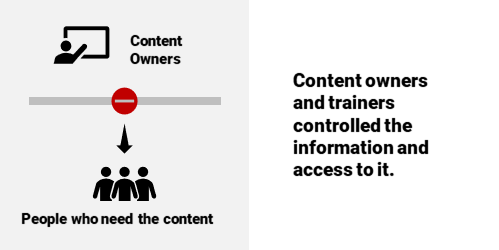
Learners Today
Today, it’s a bit different. Learners are empowered in ways they weren’t a few years ago.
- The Internet (and internal networks) make it easier to catalog and find content.
- Online communities connect peers who can extend the one person’s realm of expertise.
- What they find, they can save, curate, and share with their community of learners.
- Mobile devices mean people can access content at a point of interest or need. It gives them information at the right time, and often at the right place.
- There’s an app for everything (or so it seems). And in the same vein, there’s a YouTube video for everything, too. Thus, you may not gain a deep understanding of the content, but you generally can get a functional understanding.
- Do you need to be a certified expert? Seems people are more inclined to become micro experts with their fingertip learning.
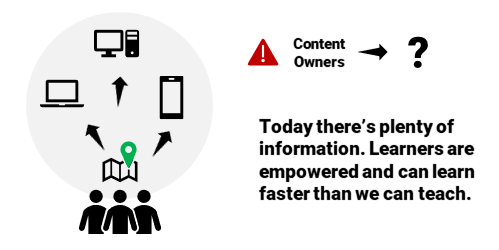
Trainers Today
What can today’s trainer do to respond to these changes?
- Focus less on formal training programs that tend to be too long and provide more content than is needed.
- Lean more on bite-sized learning modules that are chunked to focus on single objectives.
- Learn from online tech and marketing. They track people and know what to deliver and when. I’m not a big fan of online ads, but I will have to say I’m always impressed with the ads that Facebook serves. Usually, they are things that interest me. The same with when I travel. Google knows where I’m at and serves up relevant information, often before I need it. Seems that training could implement similar ideas.
- Build a community and let it be organic. There’s a place for formal training. But there’s also a place for learning communities where people can curate and share. And they can do that with little formal oversight.
- There’s still a need to vet content, but what’s vetted can be packaged differently in formats more flexible to meeting real needs.
The reality is that people learn. And they don’t always depend on what we put in front of them. In fact, often they learn faster than we can teach. Are we adjusting to the needs or still relying on an old-school model?
How are you addressing the changes in our industry?
Events
- Everyday. Check out the weekly training webinars to learn more about Rise, Storyline, and instructional design.
Free E-Learning Resources
 |
 |
 |
|
Want to learn more? Check out these articles and free resources in the community. |
Here’s a great job board for e-learning, instructional design, and training jobs |
Participate in the weekly e-learning challenges to sharpen your skills |
 |
 |
 |
|
Get your free PowerPoint templates and free graphics & stock images. |
Lots of cool e-learning examples to check out and find inspiration. |
Getting Started? This e-learning 101 series and the free e-books will help. |
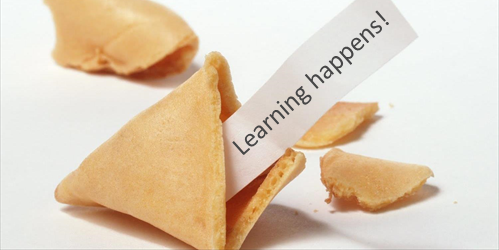




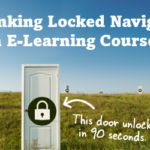
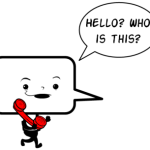



0
comments